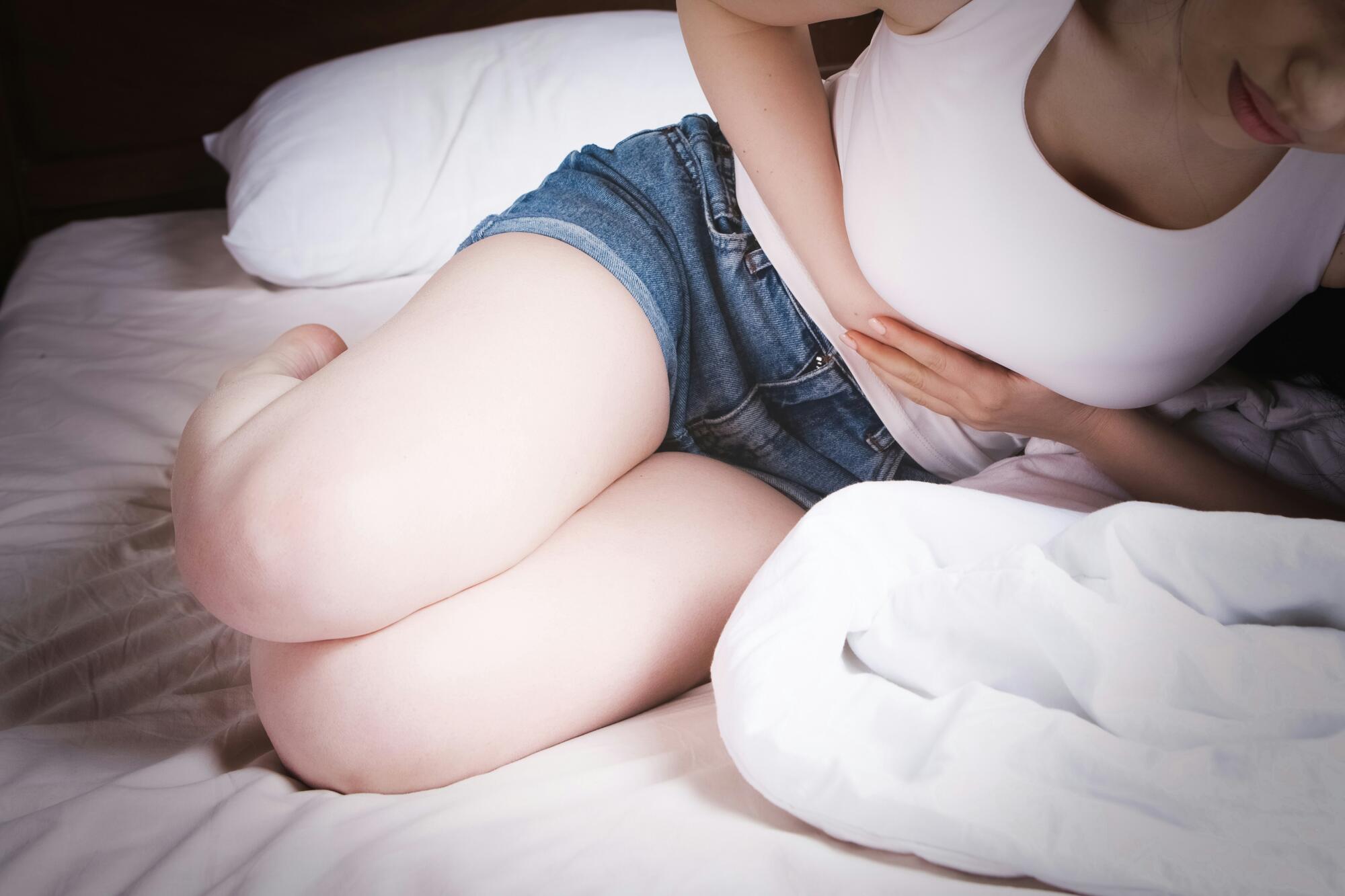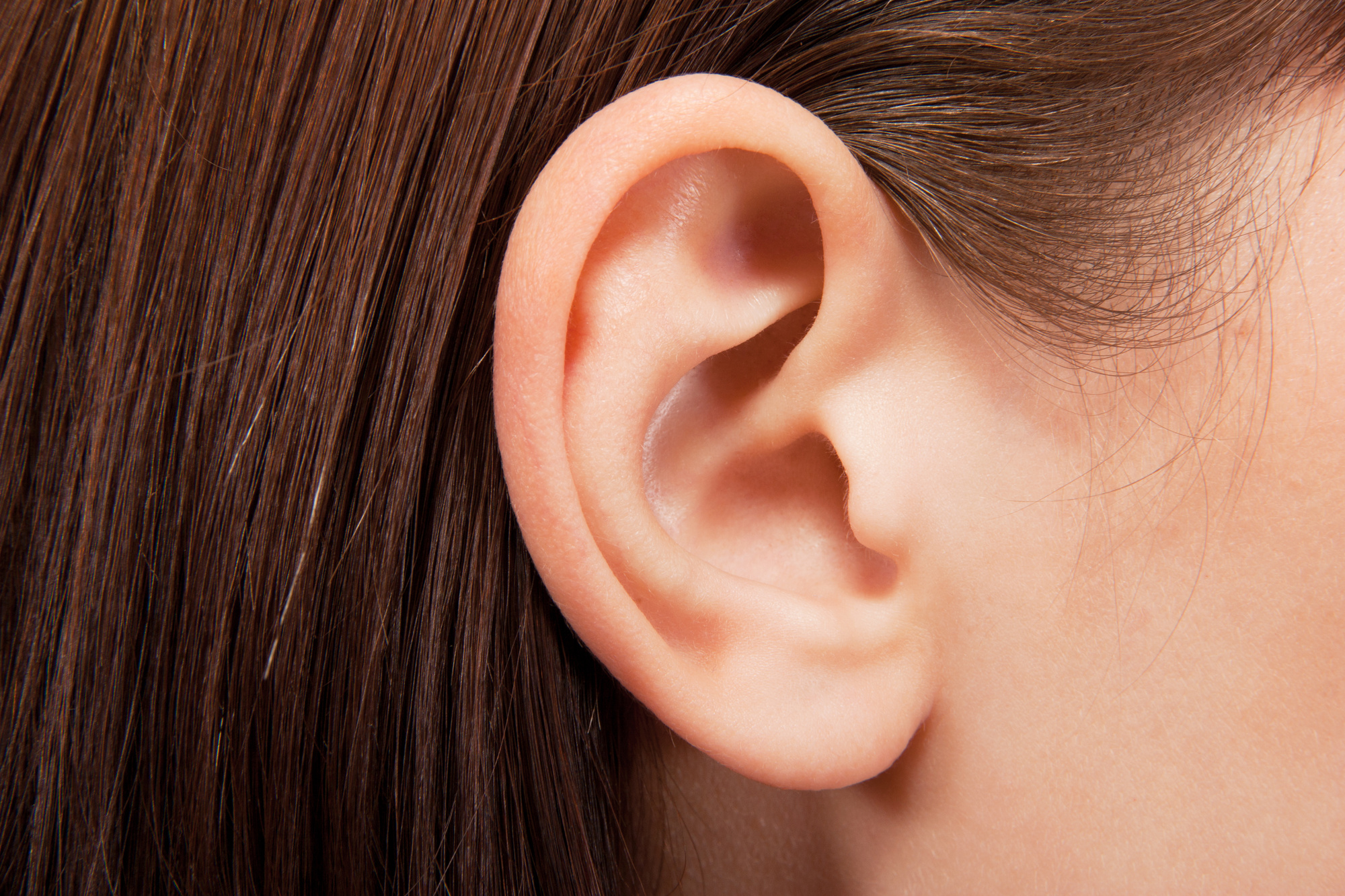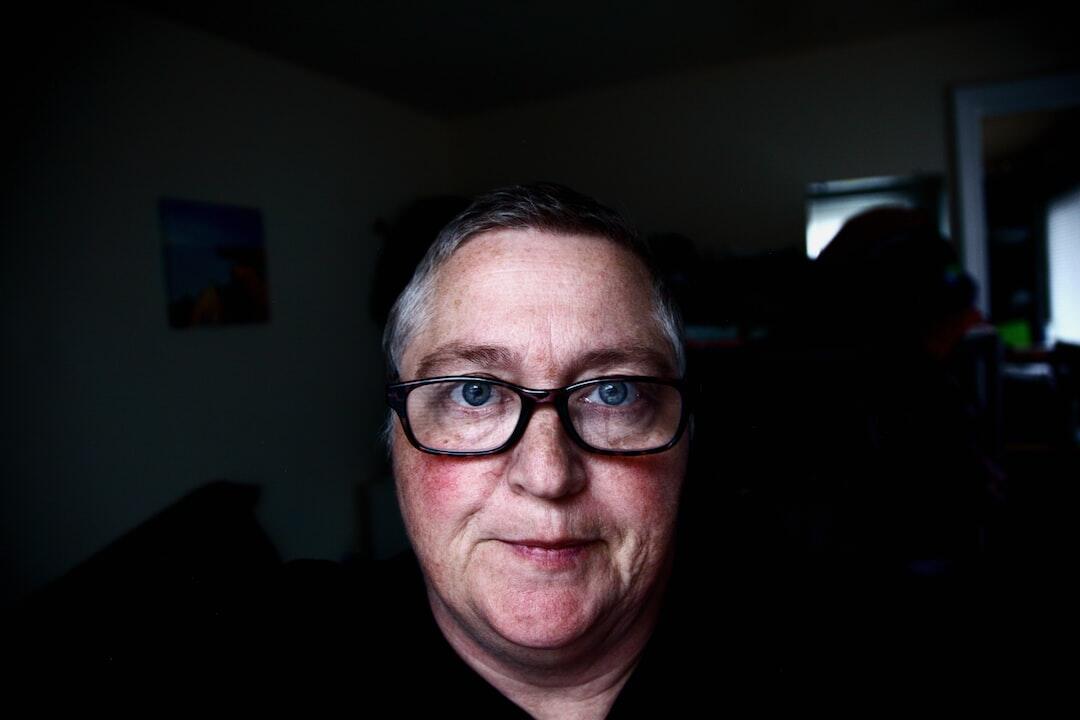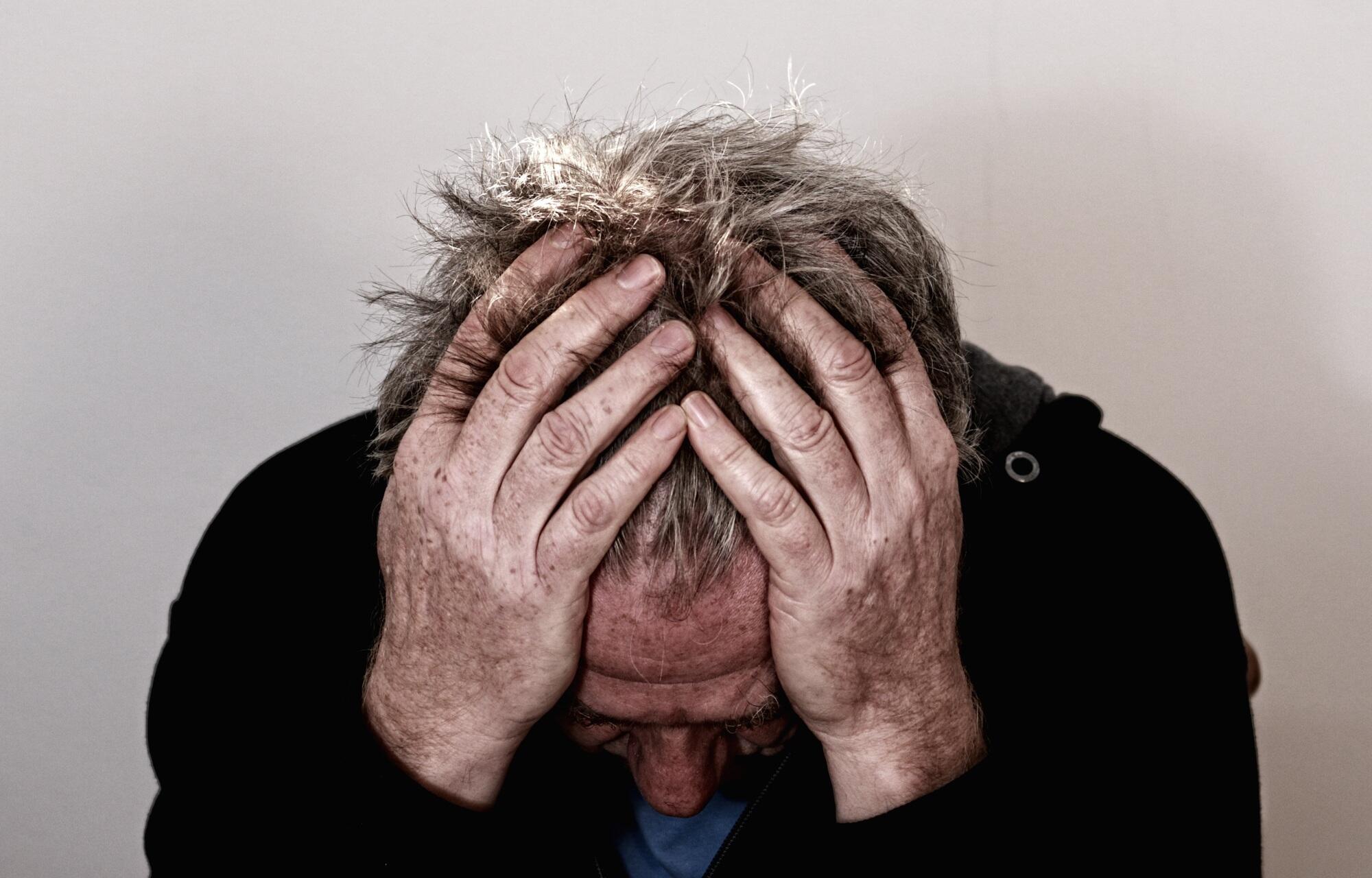
Earwax Buildup: The Best Ear Flushing, Extraction, and Removal Options

Earwax- while sometimes a little gross- has a purpose, but what should you do if you end up with too much?
A lot of people will experience unpleasant side effects of excessive earwax production.
Read on to find out how a combination of routine ear flushing and other easy at-home remedies can ease your symptoms- and hopefully save you a trip to the doctor!
Why Do We Have Ear Wax?
Some earwax (also called cerumen) is important for the general well-being of our ears. When your ears produce the right amount it acts as a natural cleaner. Earwax is formed in the ear canal and is moved forward with the motion of your jaw as you chew or talk. As it moves down, it gathers debris like small hairs, dirt, and dead skin, and disinfects along the way.
Eventually, it falls out in tiny pieces. Usually, we don’t even notice.
Maintenance Cleaning
Many people still use cotton swabs or other similar objects to try to remove wax from their ears. This is no longer recommended, though, because it often pushes wax further back into the ear canal. These items often make the problem worse.
Fortunately, there are safer, less dangerous prevention strategies.
One away to help avoid the need for more intense methods of ear wax removal is to practice routine ear flushing at home.
This is easier than it might sound. Simply put a few drops of water- preferably sterile- into your ear with a cotton ball. Soak it, squeeze it, and let a few drops fall in. Then allow the liquid to drain out.
Another option is to flush your ear with an irrigation syringe. Fill the syringe with water and then put the tip near the entrance to your ear canal. Push the water in, then let it drain. The gentle force of the flush removes debris and wax.
Using just one of these strategies every now and then is usually enough to prevent excessive ear wax buildup or impaction.
How to Know When You Have Excessive Earwax
Our ears usually do a good job of regulating earwax production on their own. There are a few things, however, that can cause ears to produce extra wax.
Some people are simply more prone to produce earwax that is dryer and/or more clumpy.
Other people have smaller ear canals, which can make it more difficult for the wax they produce to come out, even in normal amounts.
The use of hearing aids or earbuds can cause the production of excess wax, which has the potential to damage these kinds of devices- as well as your ears. It is best to avoid putting anything in your ears when at all possible.
There are many telltale signs of earwax buildup and/or blockages. These include new difficulty hearing, earache, pressure, itching, tinnitus (ringing in the ear), and any sign of infection. Signs of infection can be any of the above as well as fever, drainage, or possibly even a cough.
At-Home Ear Flushing and Wax Removal
If you have determined the need to get rid of earwax buildup you can start by trying one of these remedies at home.
Fill an ear syringe with water that is around the same temperature as your body. Water that is either too warm or too cold can cause dizziness. Squirt water in your ear to flush out the wax.
No syringe? No problem! Use a cotton ball that has been soaked in either water, saline solution, or hydrogen peroxide. Saturate the cotton ball, make sure your ear facing upward, and allow several drops to fall into your ear canal. Leave your head like this for around five minutes, then turn over and allow it to drain out. Sometimes ear flushing with water in a bulb syringe afterward is helpful.
There are also different over-the-counter drops to help with ear wax removal. There are two kinds: water-based (usually with acetic acid, hydrogen peroxide, or sodium bicarbonate) and oil-based (usually including baby oil, mineral oil, or glycerin).
Water-based drops break up the wax so you can flush it out easier, and oil-based drops soften it to make it easier for secretions to slide out of the ear canal. Again, flushing the ear with a syringe may be necessary.
Never put anything into an ear with a damaged canal or eardrum or if you have tubes placed.
A word of caution: do not overuse these methods, as they can cause irritation of the sensitive skin that lines your ear. This can compound the problem.
When to See a Doctor
Sometimes these at-home methods don’t achieve the results we need. You will know its time to see a doctor if your symptoms (pain, hearing loss, drainage, etc.) continue and don’t improve, or if you develop signs of severe infection.
Your doctor will examine your ear with an otoscope to check the extent of the blockage and look for signs of infection.
If they find it to be mild enough they may try some of the same techniques you tried at home, like ear flushing or drops.
Doctors also have access to other means of removal that can only be done in the office. These techniques include suction, a water pick, or the use of a long, thin curette to scoop out ear wax.
Usually, your primary care physician can handle these issues in their office, but occasionally referral to an ENT (ear, nose, and throat) specialist is necessary to get a more in-depth look into the situation.
Goodbye, Earwax!
We can help you take care of the majority of your earwax removal and routine ear flushing needs from the comfort of your home.
Contact us today to find out how we can help you keep your ears healthy and clean!

